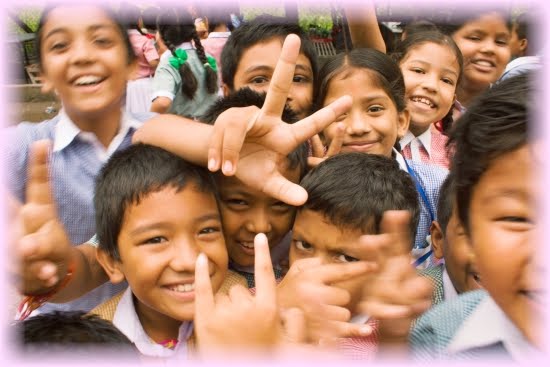Huge Relief for School Children of India

For decades a common sight in towns and cities across India has been school children, even five and six year olds, carrying enormously huge school bags likes beasts of burden. It saddens any compassionate adult to see this sight. Many have voiced concern over the matter. Not only is this a daily burden, medical practitioners have stated this can lead to permanent physical damage and deformities to a child, but yet the practice went on and on. Perhaps no practical thumb rule was suggested by anyone to control the practice. On the part of schools, perhaps the greed of commissions that accrue from sales of books have been paramount. Moved by the plight of these children, some months ago this author tweeted to the Prime Minister Narendra Modi and his Honorable Minister of Human Resources Shri Prakash Javedkar ji suggesting the sort of rule that might be imposed on schools, To this author’s delight, this author read in the morning newspapers today, “Center...




